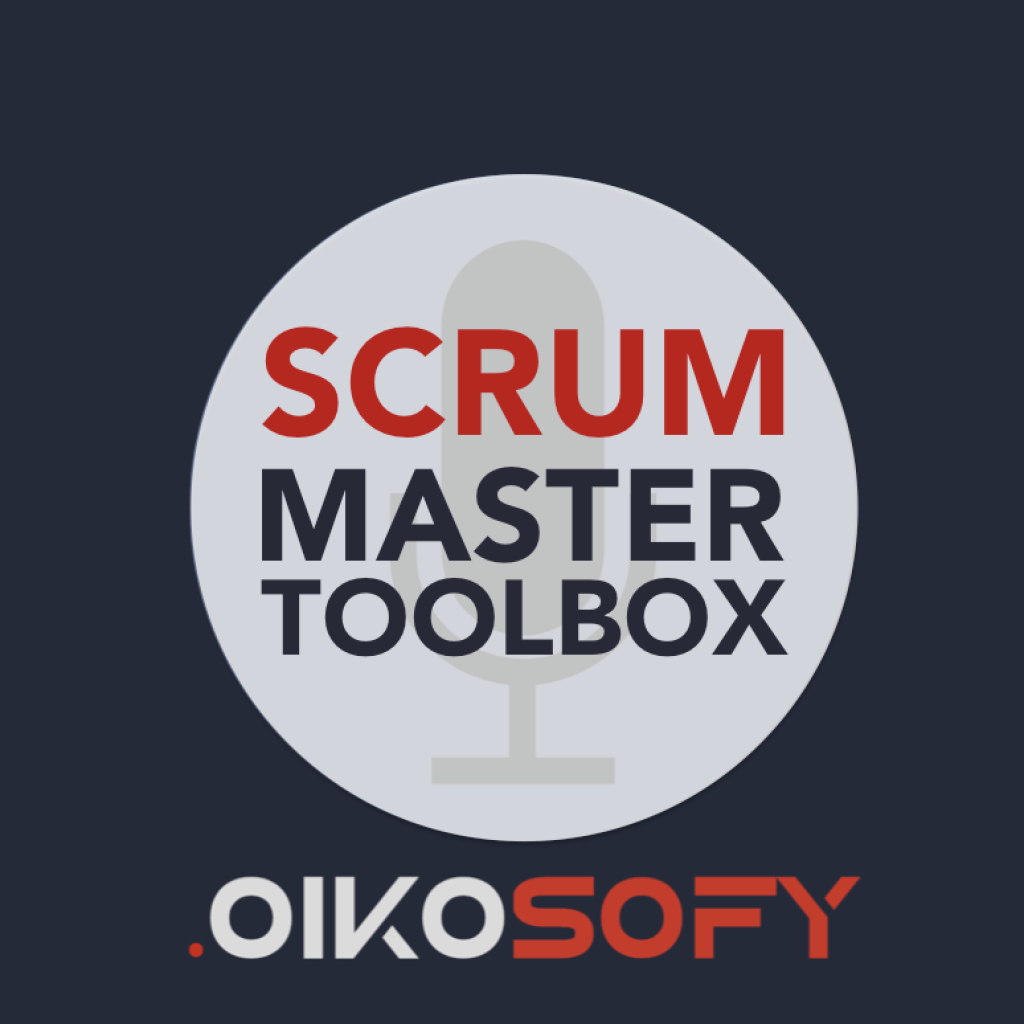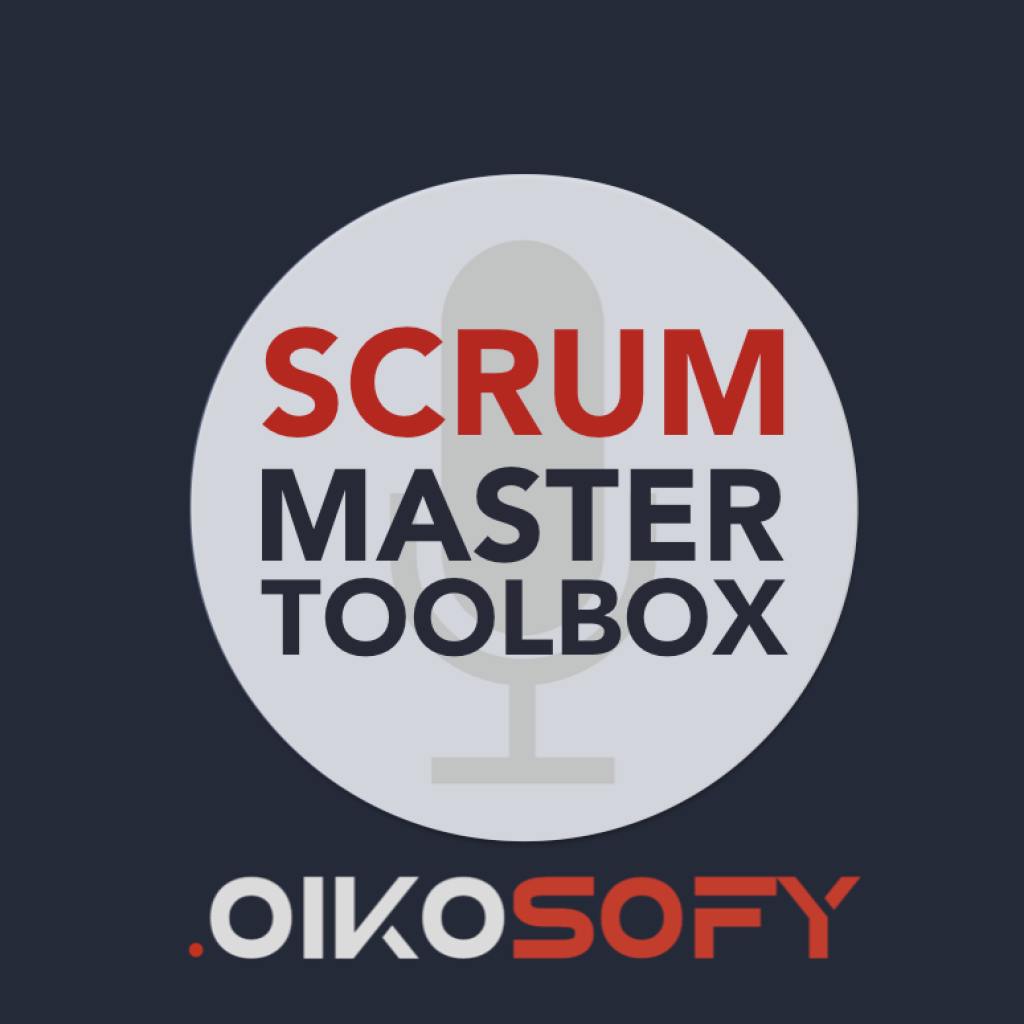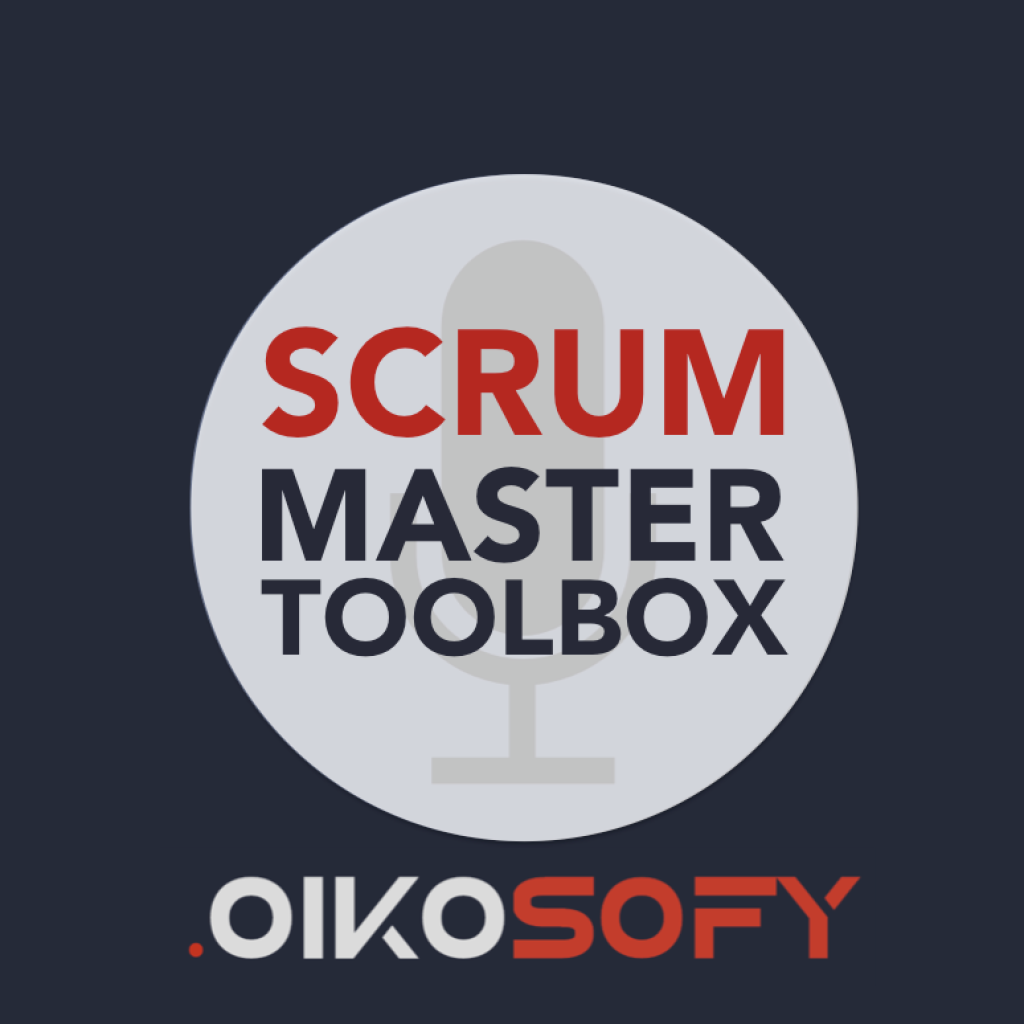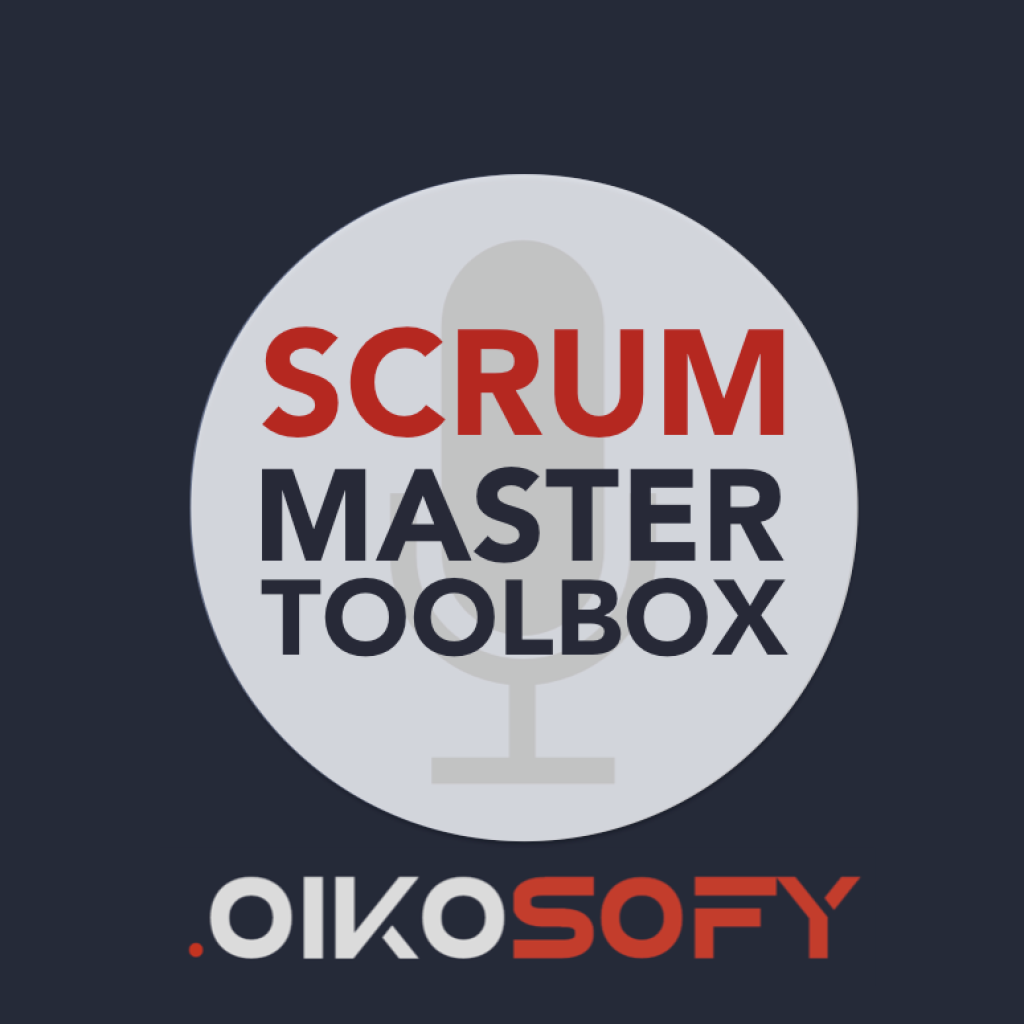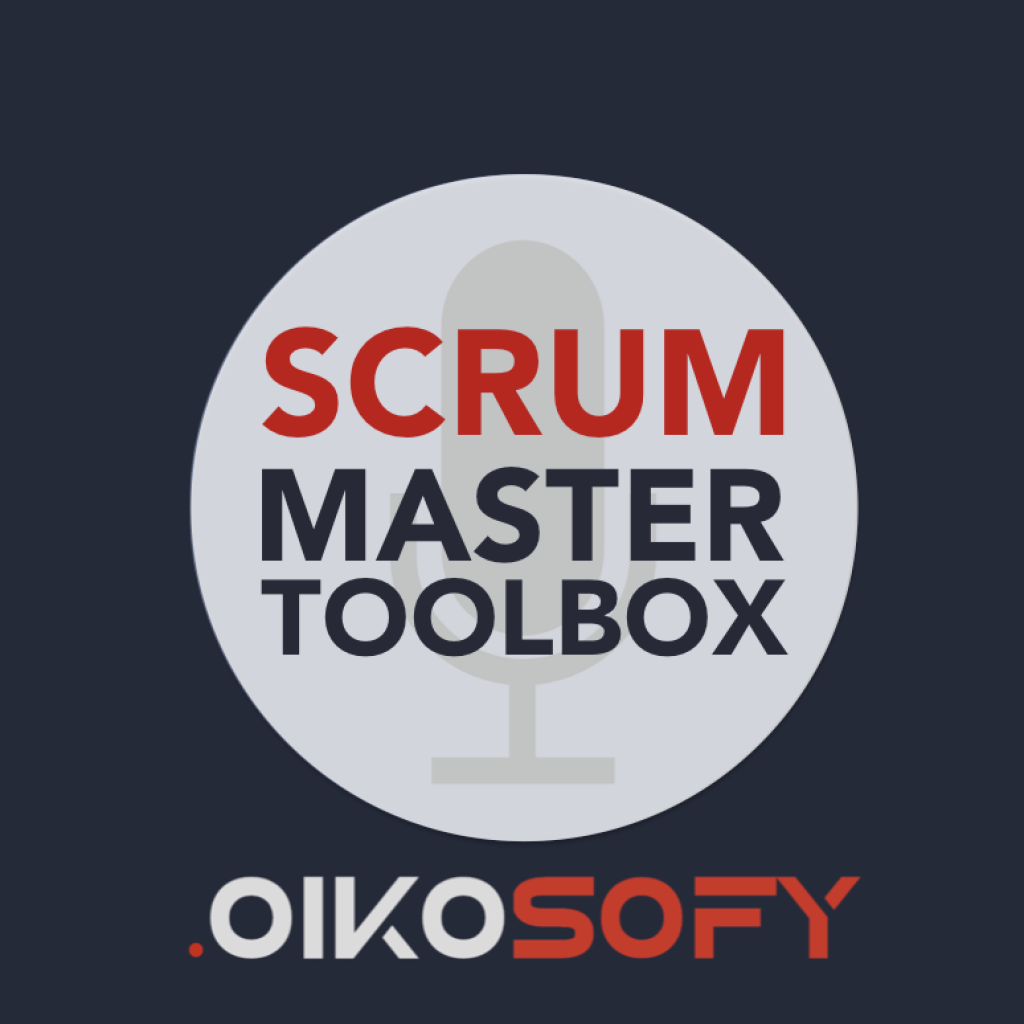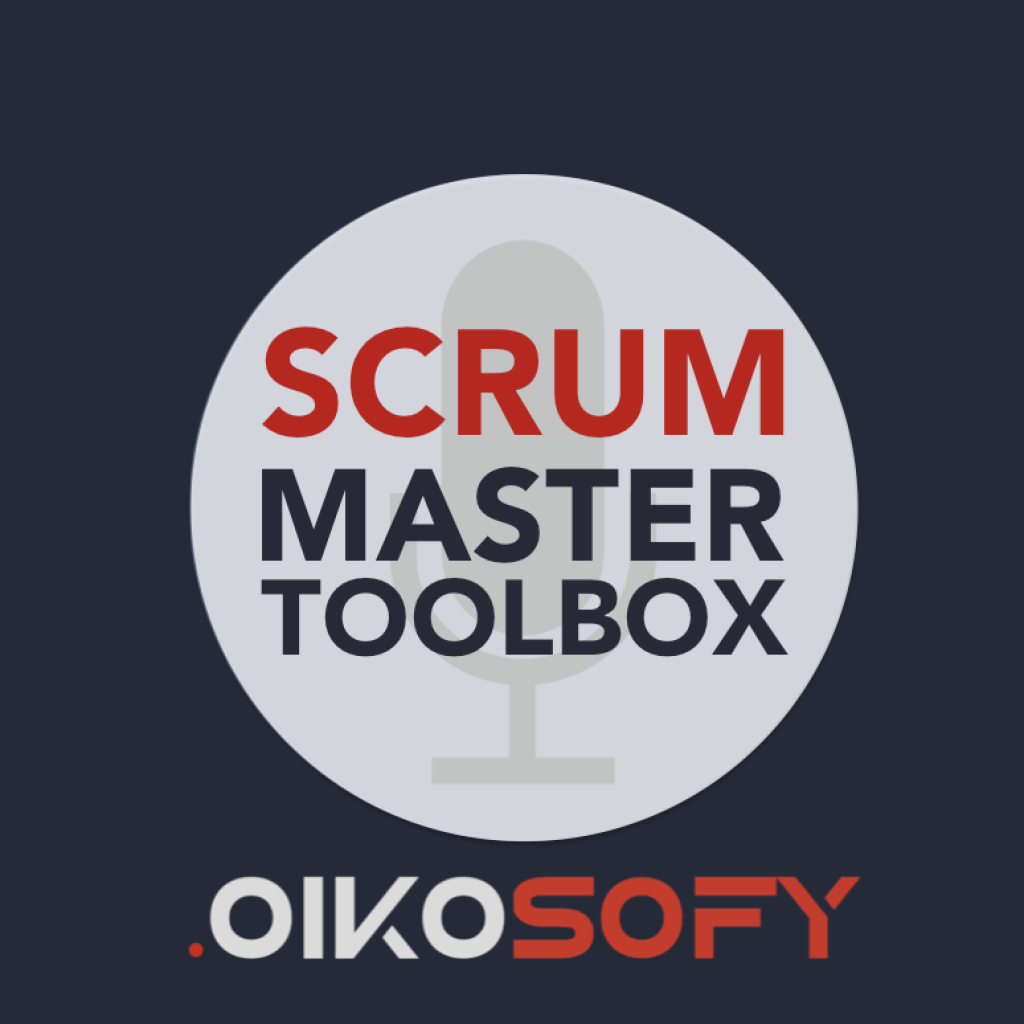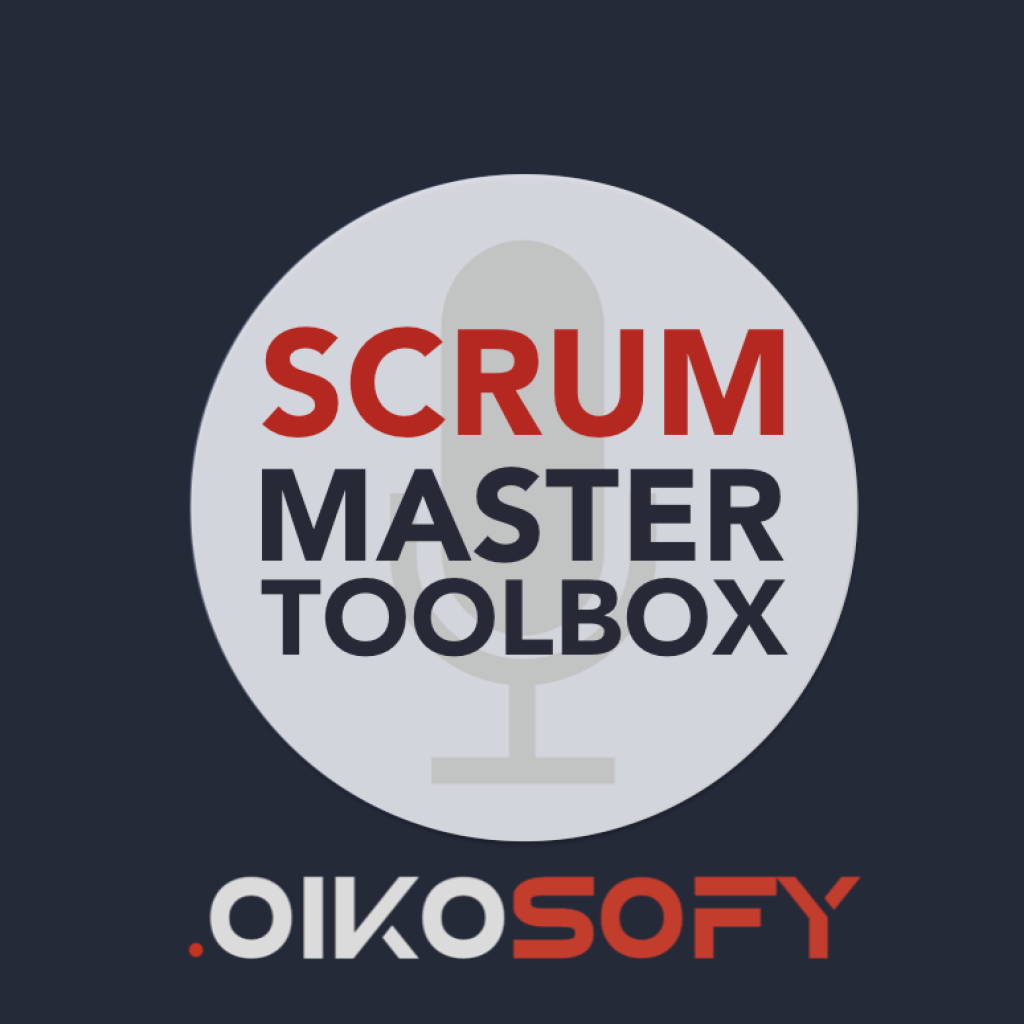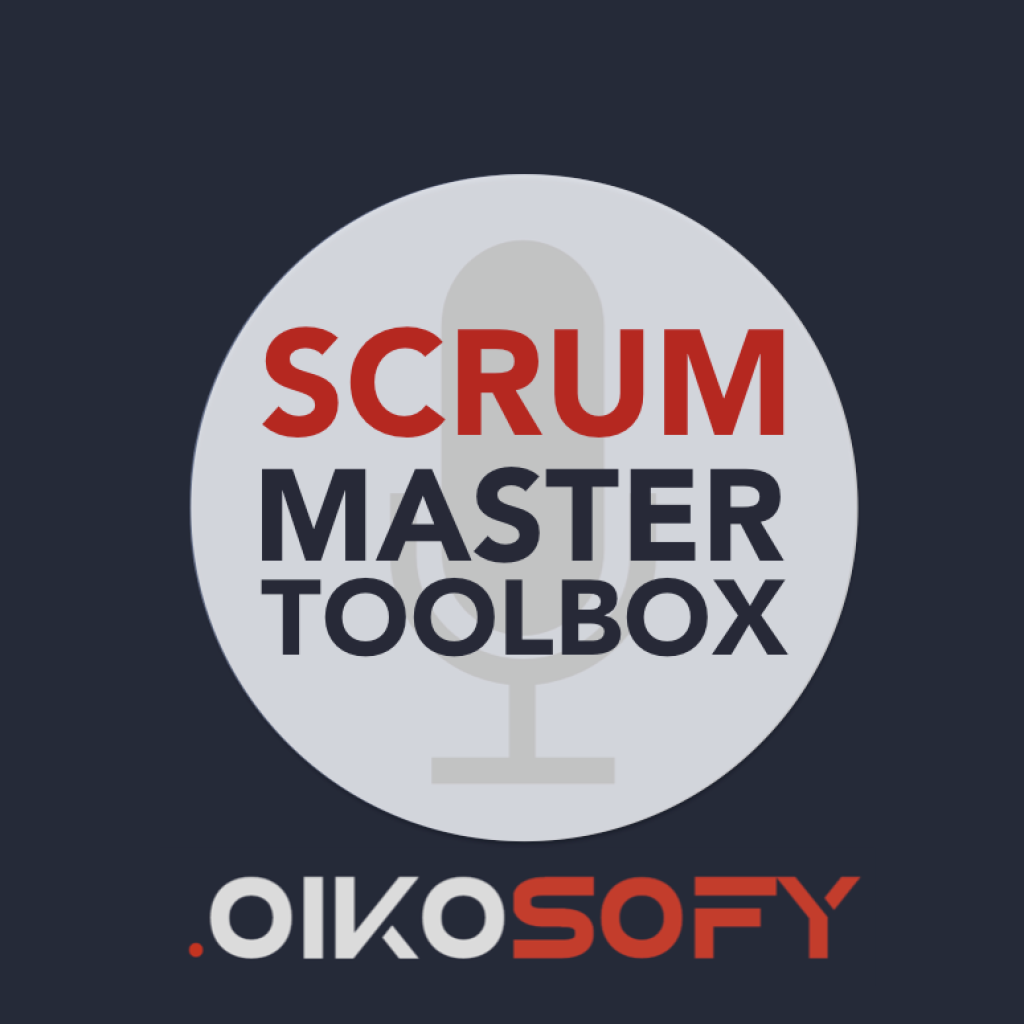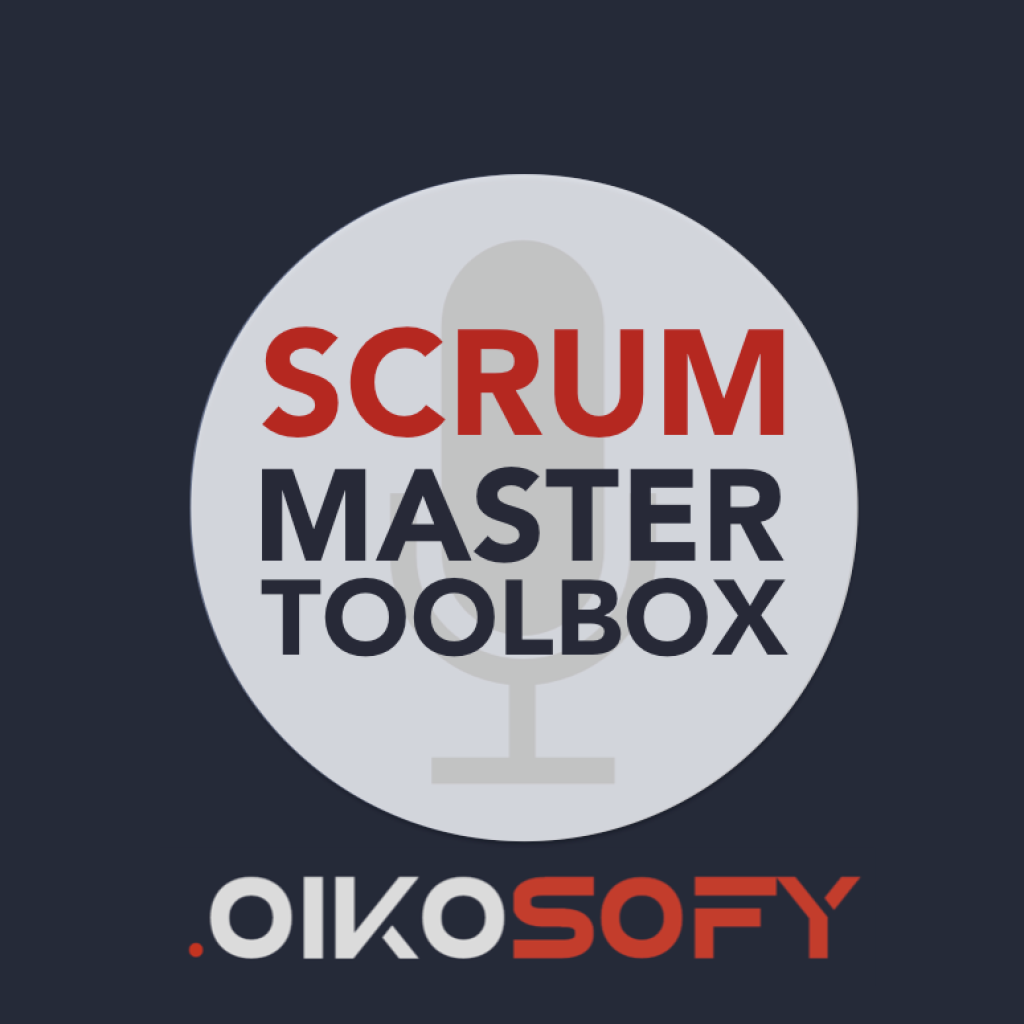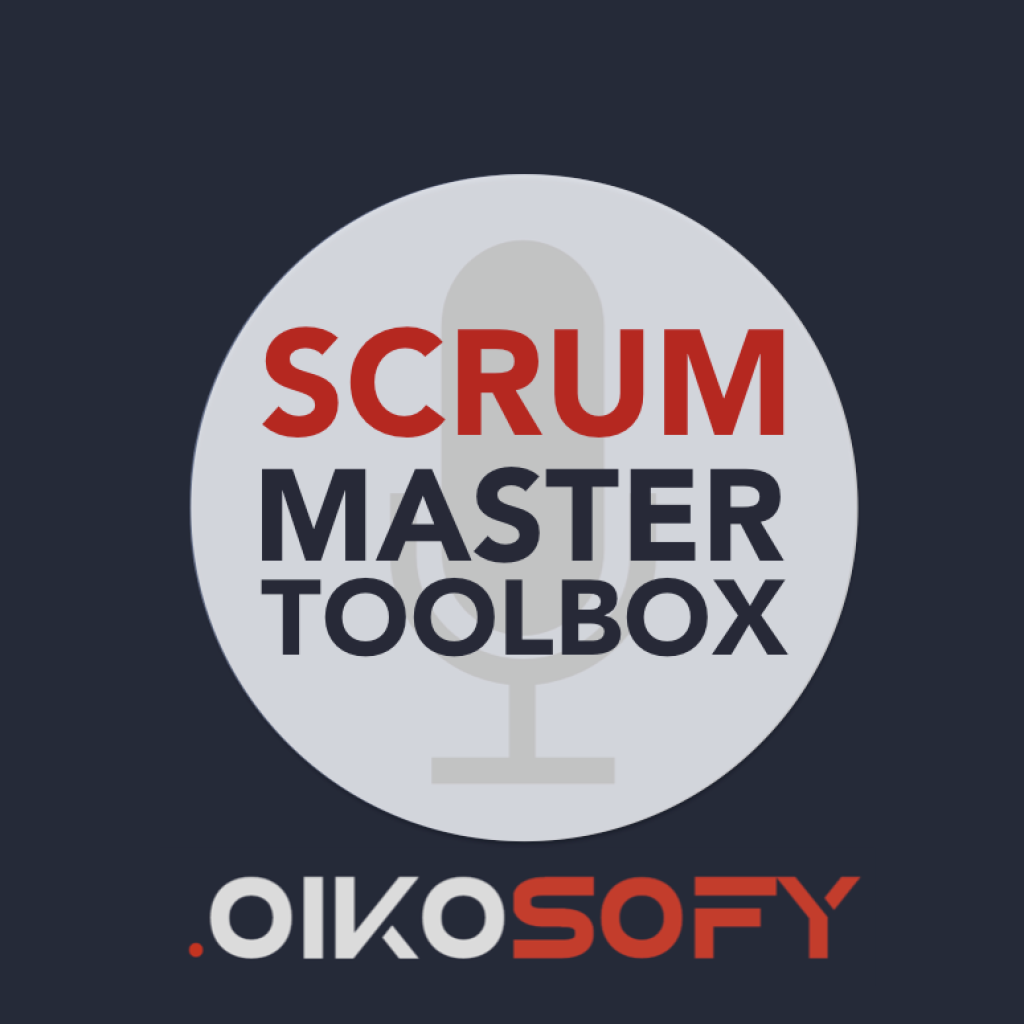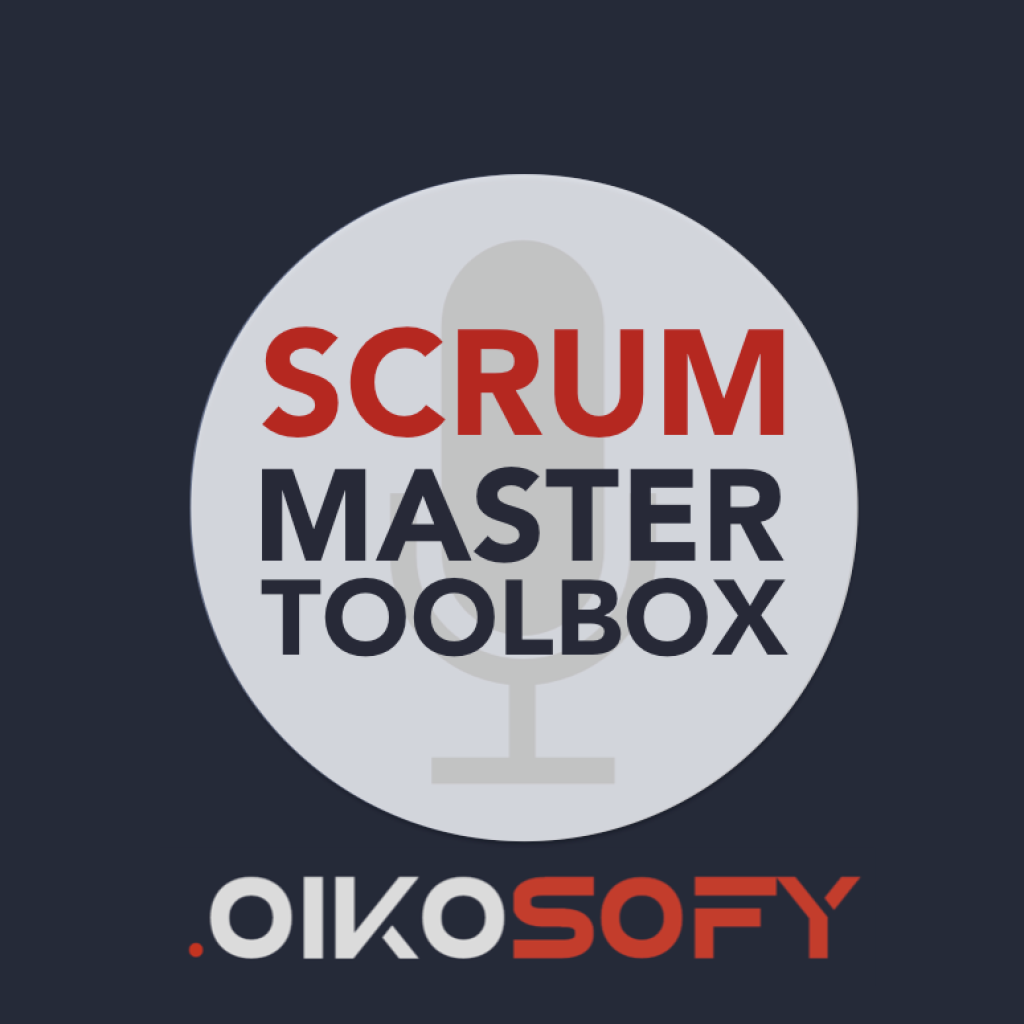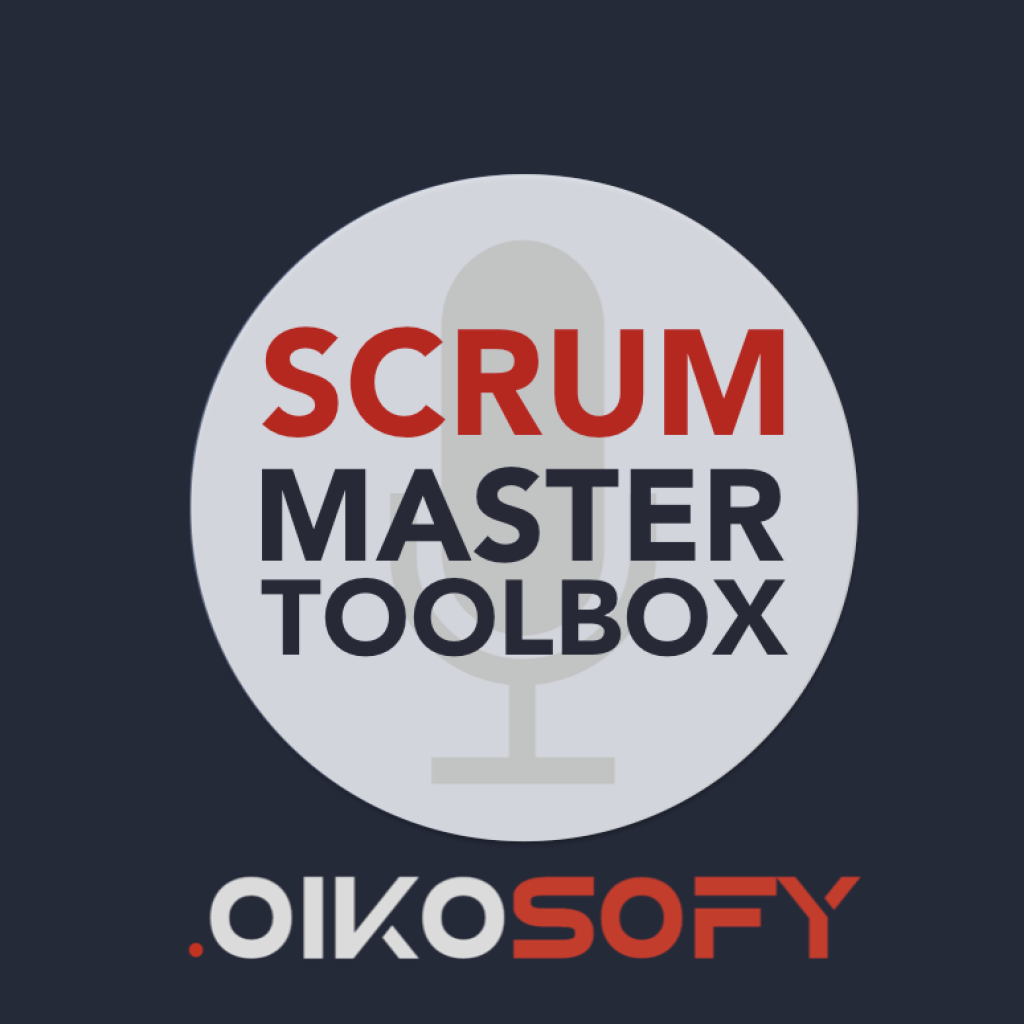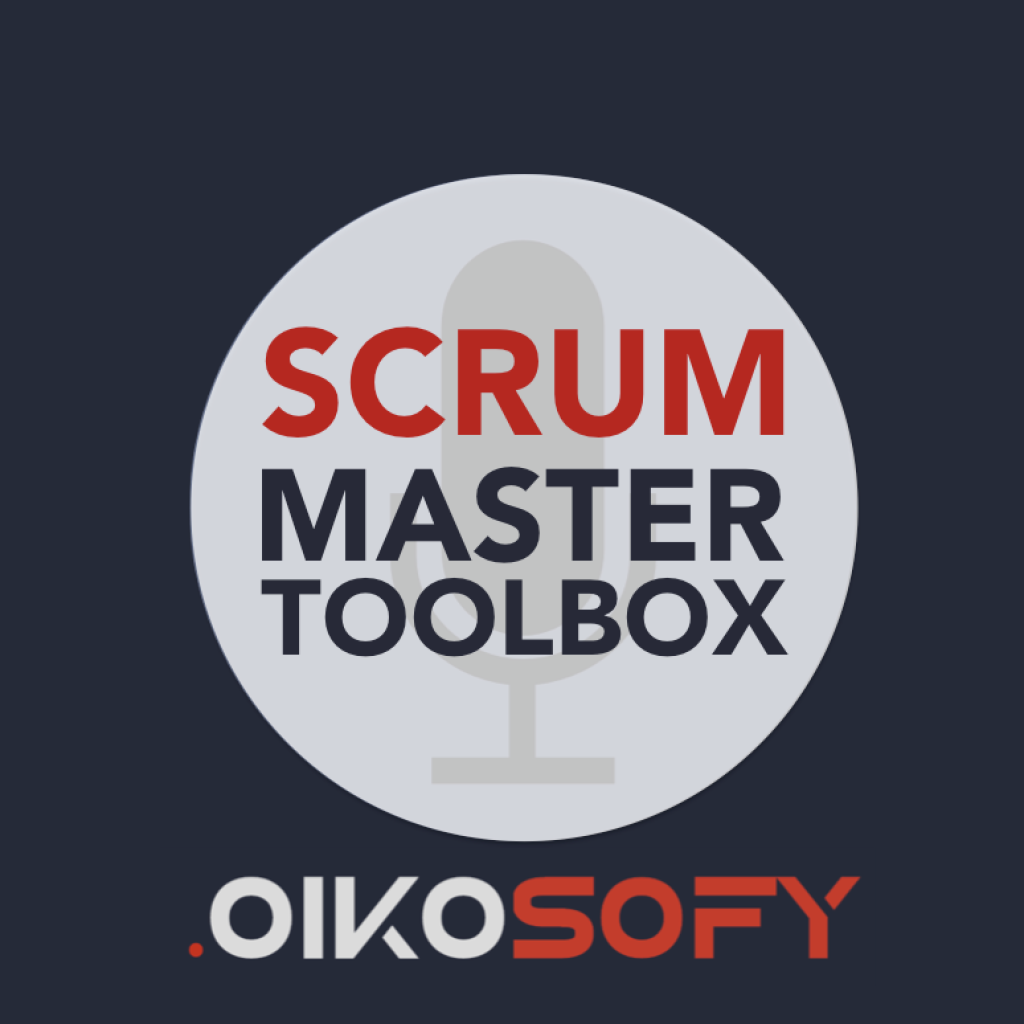From Missing in Action to Present and Collaborative—The Product Owner Spectrum | Darryl Wright
Description
Darryl Wright: The PONO—Product Owners in Name Only and How They Destroy Teams
Read the full Show Notes and search through the world's largest audio library on Agile and Scrum directly on the Scrum Master Toolbox Podcast website: http://bit.ly/SMTP_ShowNotes.
The Great Product Owner: Collaborative, Present, and Clear in Vision
"She was collaborative, and that meant that she was present—the opposite of the MIA product owner. She came, and she sat with the team, and she worked with them side by side. Even when she was working on something different, she'd be there, she'd be available." - Darryl Wright
Darryl shares an unusual story about one of the best Product Owners he's ever encountered—someone who had never even heard of Agile before taking the role. Working for a large consulting company with 170,000 staff worldwide, they faced a difficult project that nobody wanted to do. Darryl suggested running it as an Agile project, but the entire team had zero Agile experience. The only person who'd heard of Agile was a new graduate who'd studied it for one week at university—he became the Scrum Master. The executive sponsor, with her business acumen and stakeholder management skills, became the Product Owner despite having no idea what that meant.
The results were extraordinary: an 18-month project completed in just over 7 months, and when asked about the experience, the team's highest feedback was how much fun they had working on what was supposed to be an awful, difficult project. Darryl attributes this success to mindset—the team was open and willing to try something new.
The Product Owner brought critical skills to the role even without technical Agile knowledge: She was collaborative and present, sitting with the team and remaining available. She was decisive, making prioritization calls clearly so nobody was ever confused about priorities. She had excellent communication skills, articulating the vision with clarity that inspired the team. Her stakeholder management capabilities kept external pressures managed appropriately. And her business acumen meant she instantly understood conversations about value, time to market, and customer impact.
Without formal training, she became an amazing Product Owner simply by being open, willing, and committed. As Darryl reflects, going from never having heard of the role to being an inspiring Product Owner in 7 months was incredible—one of the most successful projects and teams he's ever worked with.
Self-reflection Question: If you had to choose between a Product Owner with deep Agile certification and no business skills, or one with strong business acumen and willingness to learn—which would serve your team better?
The Bad Product Owner: The PONO—Product Owner in Name Only
"The team never saw the PO until the showcase. And so, the team would come along with work that they deemed was finished, and the product owner had not seen it before because he wasn't around. So he would be seeing it for the first time in the showcase, and he would then accept or reject the work in the showcase, in front of other stakeholders." - Darryl Wright
The most destructive anti-pattern Darryl has witnessed was the MIA—Missing in Action—Product Owner, someone who was a Product Owner in Name Only (PONO). This senior business person was too busy to spend time with the team, only appearing at the sprint showcase. The damage this created was systematic and crushing. The team would build work without Product Owner engagement, then present it in the showcase looking to be proud of their accomplishment.
The PO, seeing it for the first time, would accept or reject the work in front of stakeholders. When he rejected it, the team was crushed, deflated, demoralized, and made to look like fools in front of senior leaders—essentially thrown under the bus. This pattern violates multiple principles of Agile teamwork. First, there's no feedback loop during the sprint, so the team works blind, hoping they're building the right thing. Second, the showcase becomes a validation ceremony rather than a collaborative feedback session, creating a dynamic of subservience rather than curiosity. The team seeks approval instead of engaging as explorers discovering what delivers customer value together. Third, the PO positions themselves as judge rather than coach—extracting themselves from responsibility for what's delivered while placing all blame on the team.
As Deming's quote reminds us, "A leader is a coach, not a judge." When the PO takes the judge role, they're betraying fundamental Agile values.
<span st


